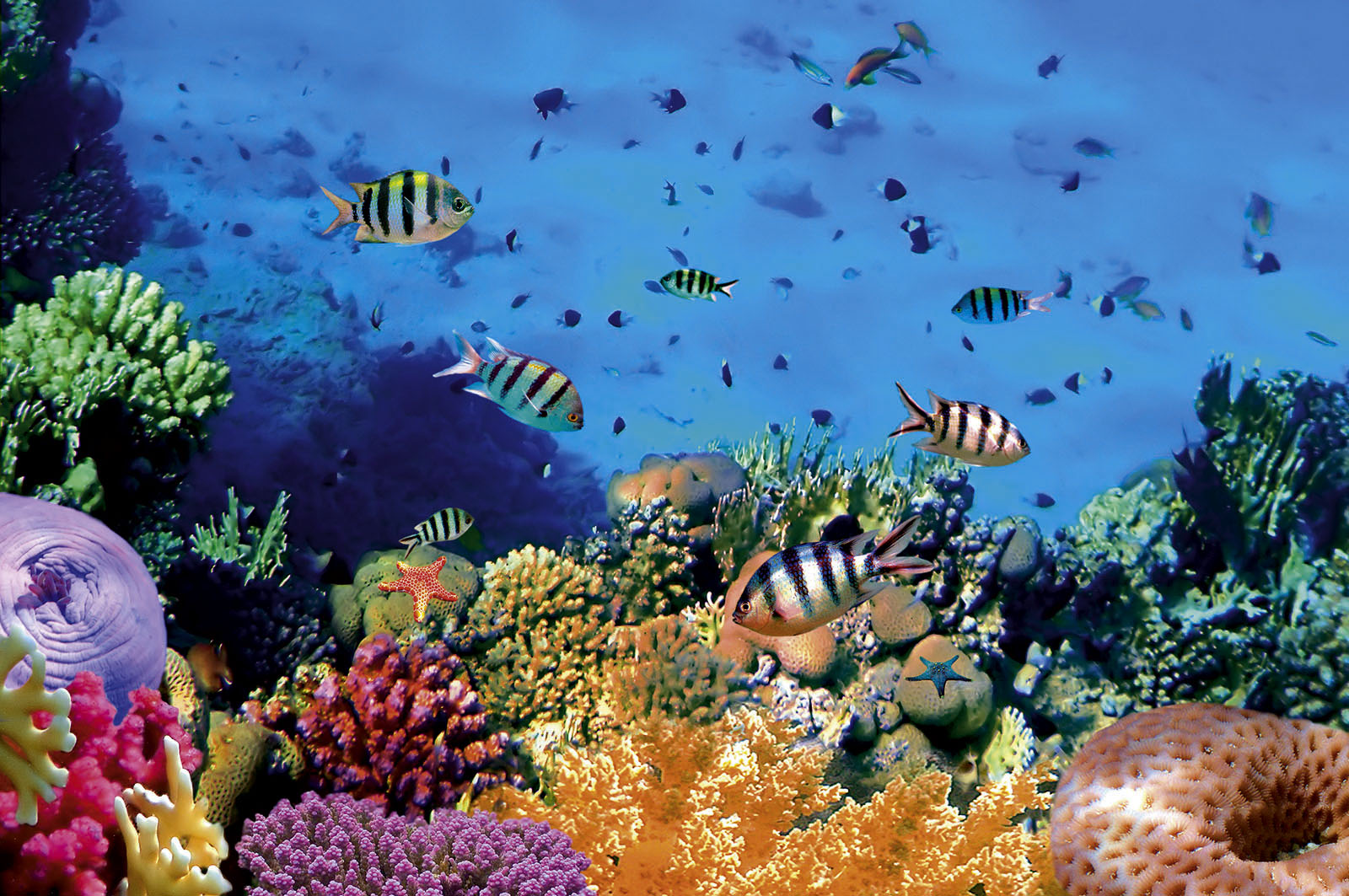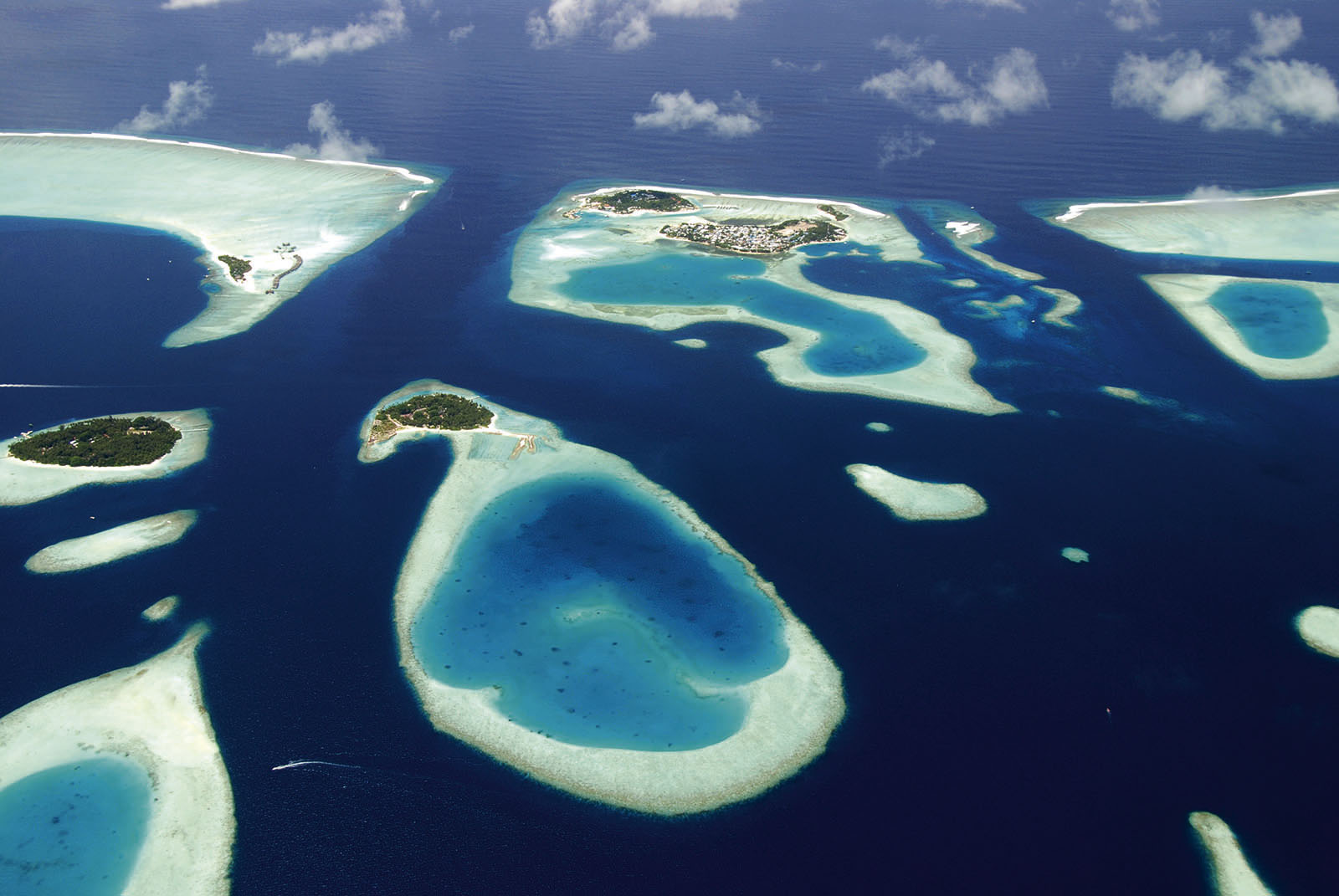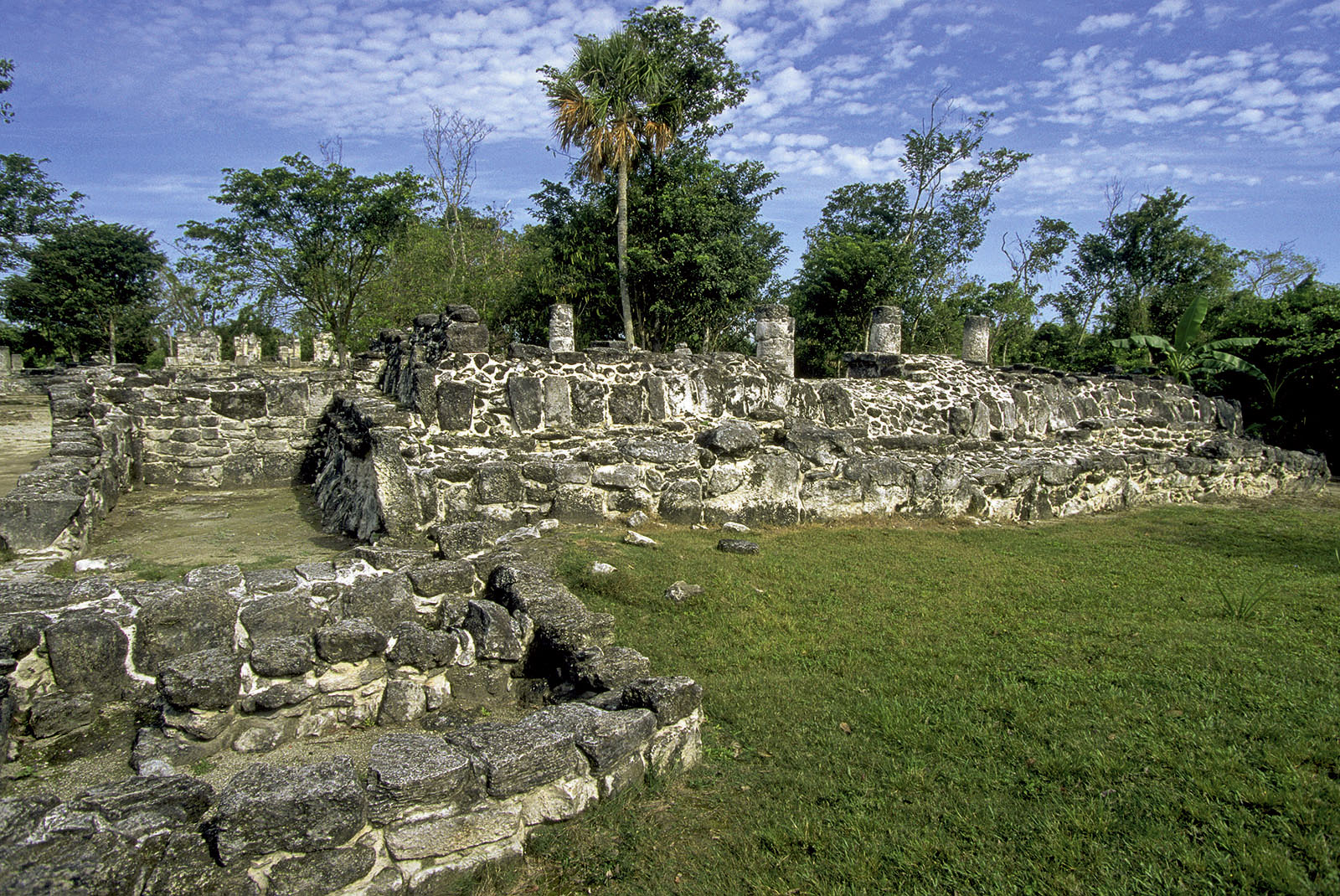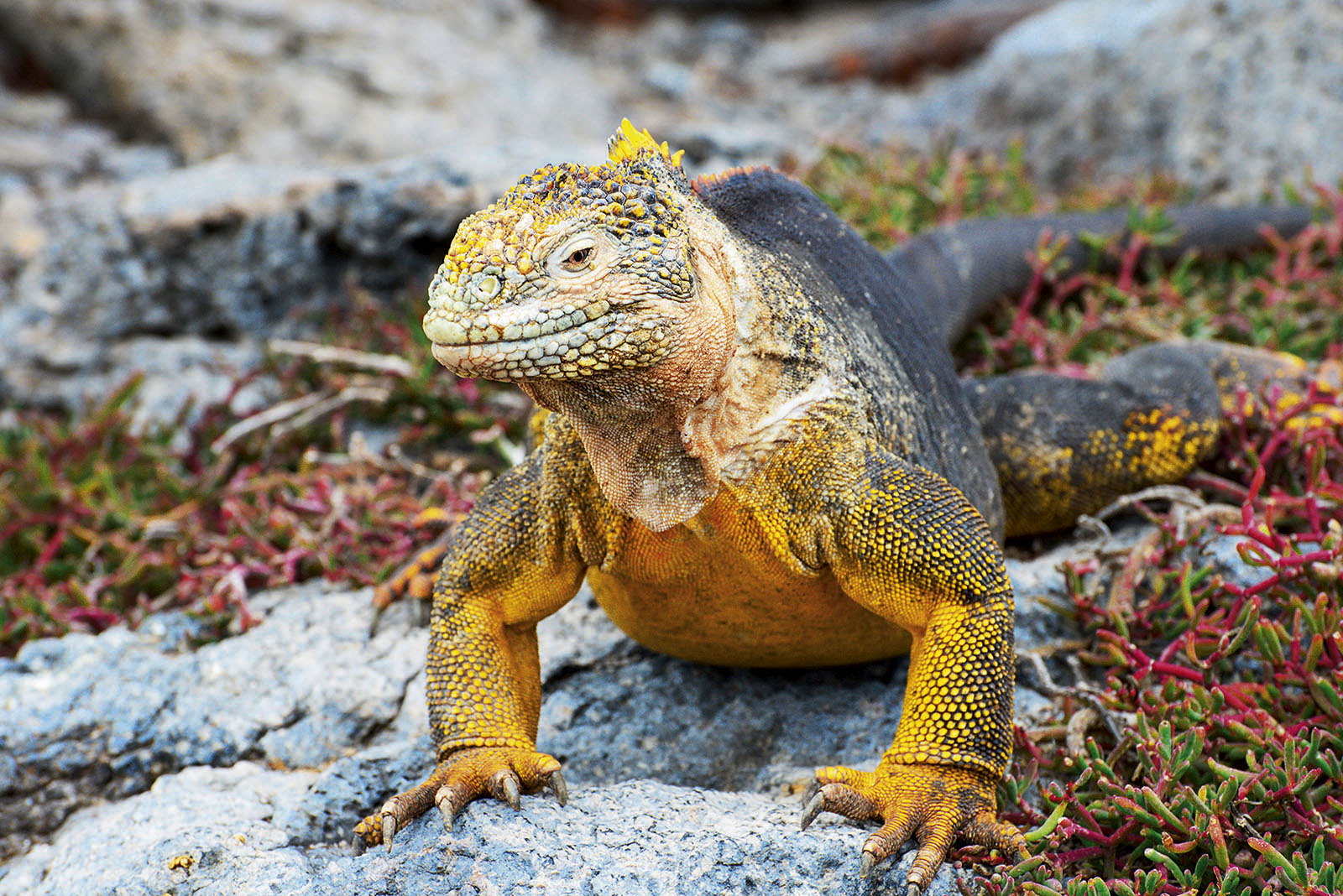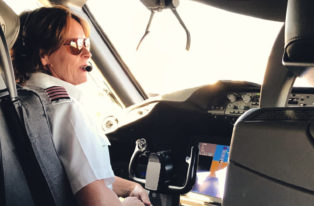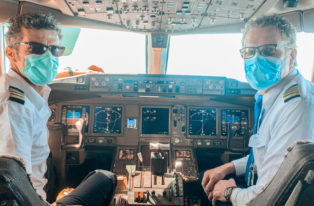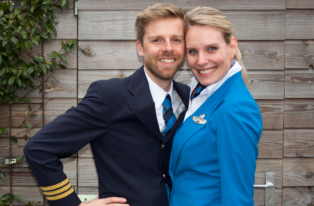4 Breathtakingly Beautiful Dive Sites
Coral reefs, wrecked oil tankers and hammerhead sharks: they’re all part of choosing the ideal diving holiday. These four destinations stand out:
1. Bunaken: where diversity rules
The vast waters of the Bunaken National Marine Park, where diving has even been described as a ‘religious experience’, are located at the northern tip of the Indonesian island of Celebes (Sulawesi). Only 3% of the park is terrestrial, extending across five small islands including the eponymous, centrally located Bunaken. The ultimate tropical island experience: everything is located at but one degree above the equator and the temperature of the water fluctuates between 27°C and 29°C throughout the year.
390 different types of coral
Marine diversity is the site’s biggest draw card, with north-easterly currents sweeping through the park. Sea horses, barracuda, parrotfish, doctor fish, triggerfish, wrasses, trumpet fish, manta rays, sharks and turtles to name but a few. And in more varieties and subspecies than anywhere else in the world. The towering coral reefs, for example, provide the perfect habitat for many of the 390 different types of coral found within the park.
Tip: Coral reefs
Bunaken is known for its towering coral reefs, some of which extend to heights of no less than 25 metres. The best examples can be found at the diving sites of Lekuan I, II and III, where the steep vertical coral walls are broken by deep grooves. The parrotfish and turtles love these spots.
How to get there? Fly to Singapore, Jakarta or Bali. From there take a flight to Manado.
2. Maldives: luxury within atolls
Take 1,192 islands – of which at least 1,000 uninhabited – stretch them out across 26 atolls and what do you have: one percent of the Maldives. If you want to explore the rest of the country, you’ll need to take a dip – and that’s certainly not a punishment. In the clear warm waters, swimming around some 3,000 reefs, you’ll discover a genuine diving Valhalla brimming with turtles, dolphins, manta rays and perhaps a few whale sharks and hammerheads thrown in for good measure. There’s no chance of repetition here, and the next dive site is never far away.
House reefs
You can choose from the underwater islands (Thilas), channels or passes (Kandus) where the waters flow in and out of the atolls or a shipwreck. If you’re a beginner, you can always acclimatise and follow a diving course in a shallow lagoon. Not up for a boat trip? Simply swim to the reef from the beach. Each island has at least one ‘house reef’ within swimming distance.
Tip: British Loyalty
The British Loyalty oil tanker is the most famous wreck in the Maldives. After suffering several torpedo attacks during the Second World War, it was sunk by the guns of a British warship off Gan Kandu harbour. The wreck, which is 134 metres long, sits at a depth of 33 metres and is lying on its portside, has been largely claimed by coral and turtles.
How to get there? From Amsterdam to Male, capital of the Maldives, via Abu Dhabi.
3. Cozumel: go with the flow
Once Jacques Cousteau had crowned Cozumel one of the world’s most spectacular dive sites, an enormous diving industry blossomed on this island off the Mexican coast. The legendary Captain knew what he was talking about: the island’s location, just off the enormous barrier reef that stretches from there to Honduras, is absolutely perfect.
Underwater rainbow
Drift diving is a very popular technique where divers are transported by the currents. Without too much effort, divers can explore a vast area experiencing many different environments. Visibility amidst the underwater rainbow of tropical fish and coral is exceptionally good: up to 60 metres.
Tip: Swimming with whale sharks
Each year from March through September, the waters of this region are home to the biggest concentration of whale sharks in the world. Although generally huge in size – up to around 12 metres – whale sharks are absolutely harmless. Holbox Island is one of the very best locations to see and coexist fleetingly with these amazing sharks. A great option for a day trip from Cozumel.
How to get there? As of June KLM flies from Amsterdam to Cozumel via Atlanta.
4. Galapagos: mutual curiosity
Many divers travel to their next holiday destination because of the marine life to be found as opposed to what they can do on dry land. In the case of the Galapagos Islands, a thousand kilometres off the coast of Ecuador, it’s the hammerheads. They can be spotted in the waters surrounding practically all of the islands.
The Theory of Evolution
But the archipelago is unique for many reasons. Once inspired by the eccentricity of this remote location, Charles Darwin formulated his revolutionary Theory of Evolution.
Curious about divers
The unique flora and fauna, from tree-high cactuses to unsuspectingly tame penguins, giant tortoises and foraging marine leguanas evolved thanks to millions of years of isolation. It’s remarkable how the animals here have evolved without a deep-seated fear of humans. What’s more, they’re often just as curious about the divers as the divers are about them.
Tip: the world’s best diving site
The remote islands of Darwin and Wolf are often rated the best dive sites in the world. They are especially highly valued in the ‘healthiest ecosystem’, ‘presence of large marine creatures’ and ‘the best advanced diving’ categories. However, the location’s beauty can only be enjoyed from the water.
How to get there? Take a direct flight from Amsterdam to Quito, and onwards to Baltra Airport on the Galapagos Islands.
Find more terrific dive sites through our website.
This article was published in KLM’s Flying Dutchman Magazine, our magazine for frequent flyers and members of our Flying Blue program. Find out if it might be interesting for you to become a Flying Blue member.

